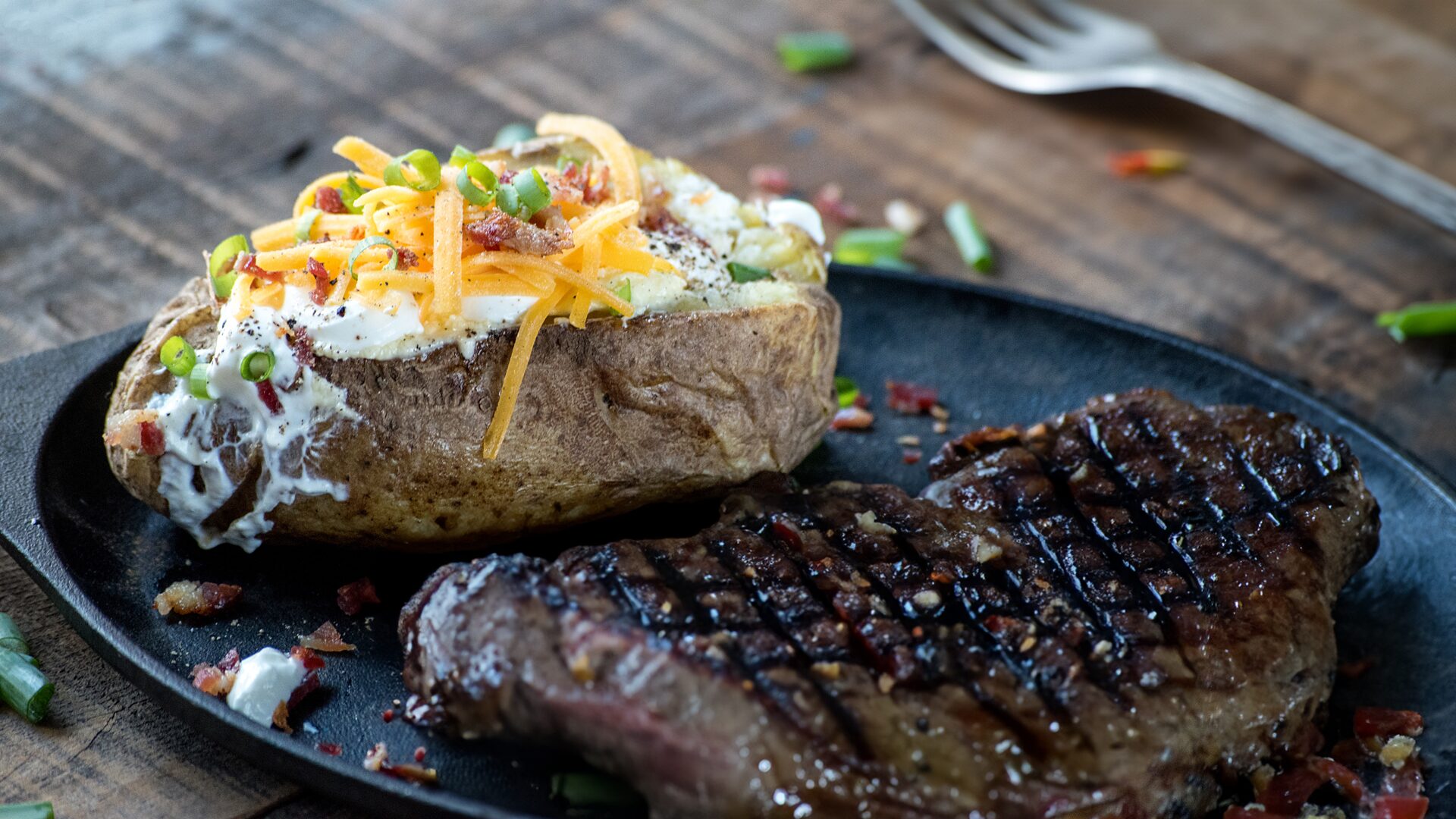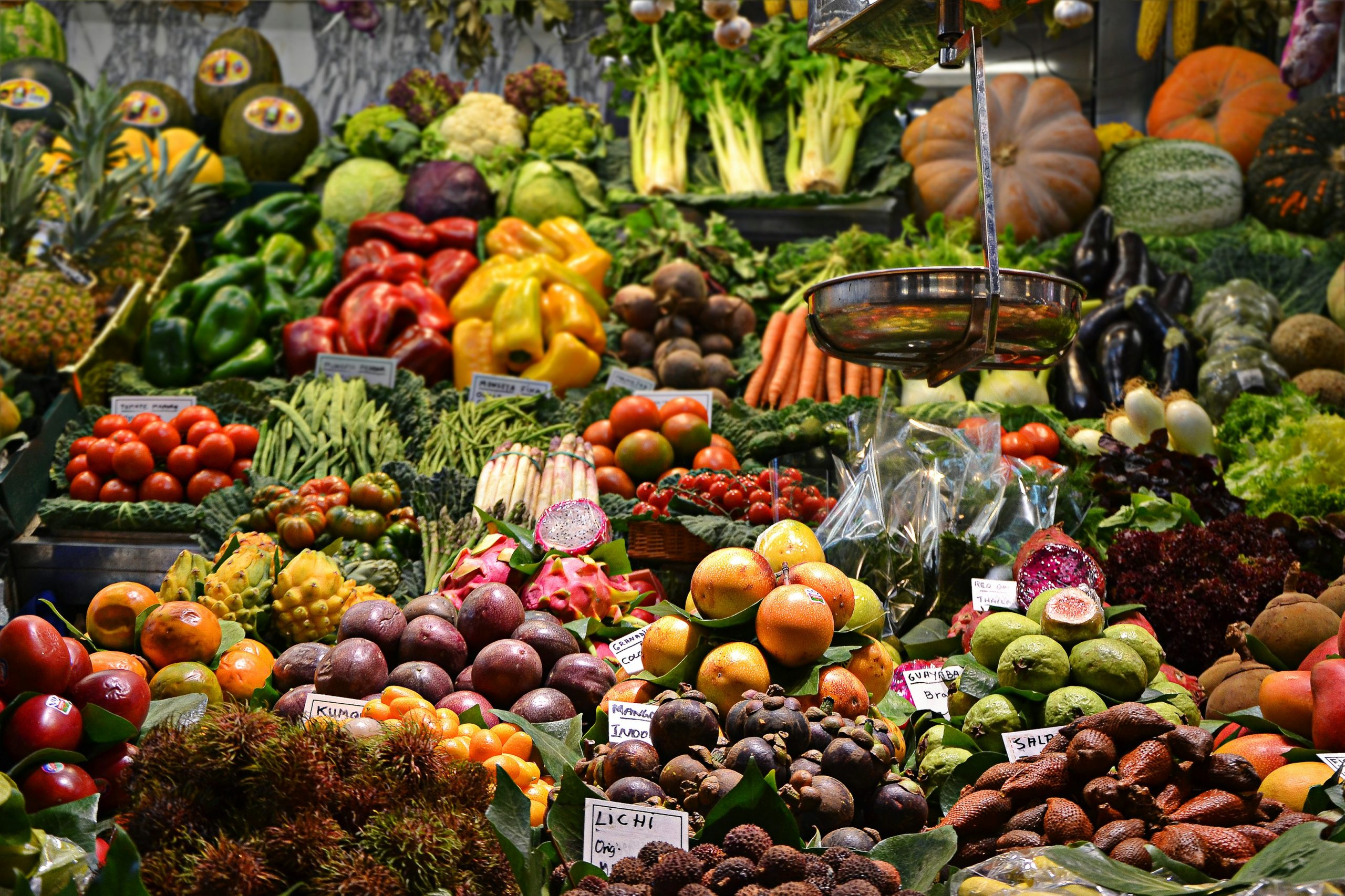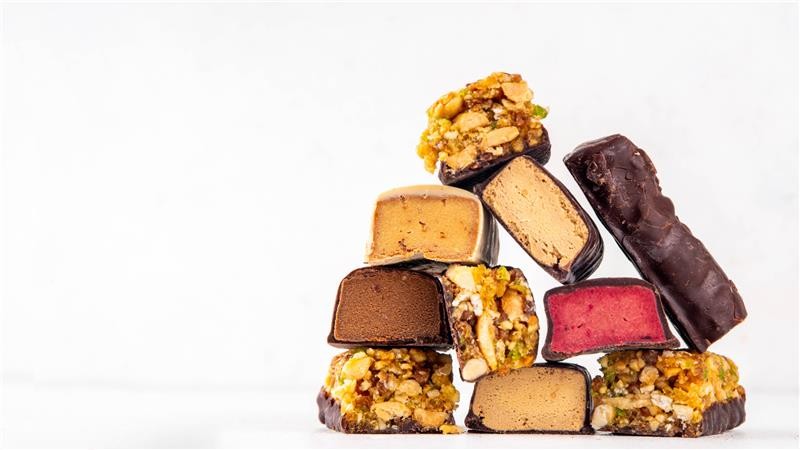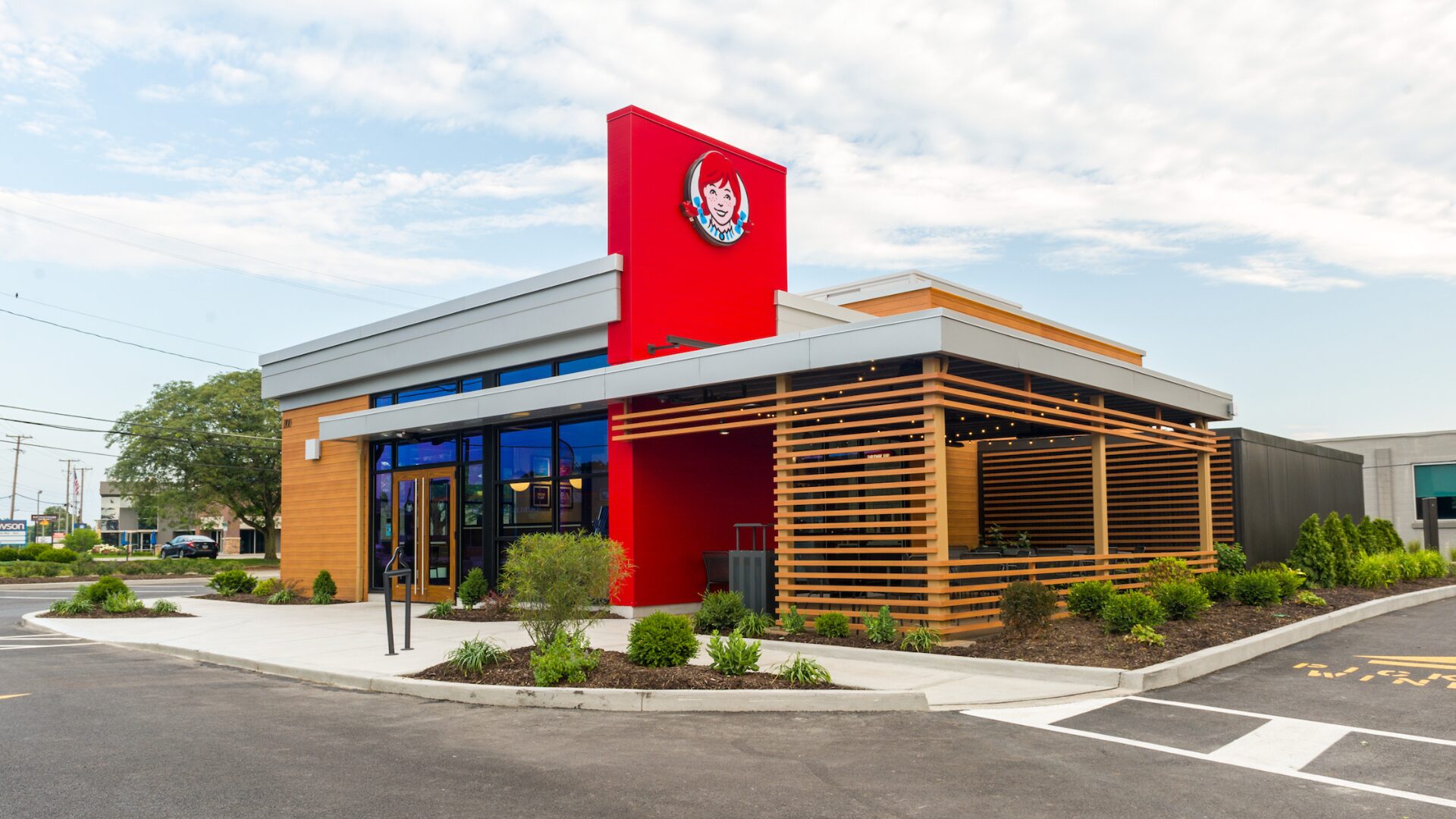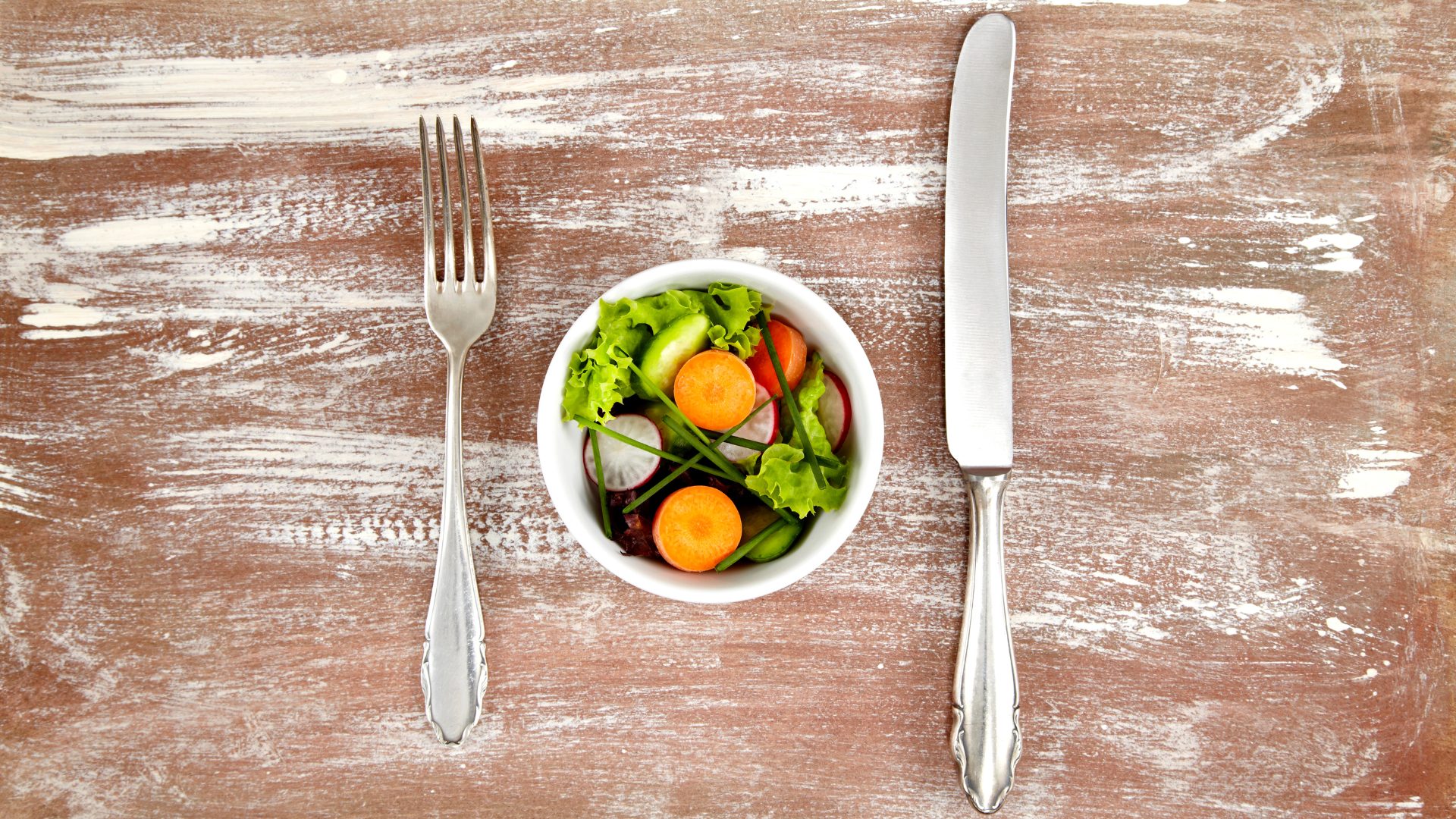BLOOMINGTON, Minn. – On a sunny, Saturday mid-day in August, the staff at this suburban Minneapolis steakhouse has put its best foot forward, offering cheerful service. The restaurant also boasts a modern, vibrant interior, with vermilion accent walls straight out of an HGTV show. Despite its welcoming elements, however, this sizable Outback Steakhouse is hardly bustling, with just a handful of tables occupied.
Such is life in 2024 for most casual-dining chains. Outback, specifically, is looking to bounce back after its parent company, Bloomin’ Brands, started the year by revealing plans to close 41 underperforming restaurant locations, most of which are part of the Australian-themed steak chain.
The ongoing inflationary period certainly hasn’t helped Outback, a 37-year-old chain with nearly 700 U.S. locations.
“People are now weighing their options,” said Grace Moser, CEO of the Chasing Foxes lifestyle website. “As they’re being forced to cut back, they’re asking themselves, ‘Okay, which one of these things isn’t worth it for my budget? And, sadly, it’s probably going to be certain chain restaurants.”
Casual-dining chains like Outback “need to get back to basics by offering an experience people can’t get anywhere else – good service, immaculate restaurants, delicious food, etcetera,” Dan Rowe, the CEO of Fransmart, told The Food Institute. “These brands have lost their founding leadership, and in the hands of private equity, they have lost the soul and the qualities that originally made them interesting.”
Andrew Diamond, president of Angry Crab Shack, feels casual chains need to especially focus on the dinner segment to boost revenue right now.
“Improving the guest experience is the best way to win back customers and preserve your bottom line,” Diamond said. “While fast and friendly service is the first thought, restaurants can also use the menu to accomplish this goal. Creating value and flexibility with combo meals and mixing and matching menu items allows the guest to create an order of exactly what they want.”
Outback recently turned to value as its traffic dropped. The steak chain is hoping a $14.99, three-course meal will entice budget-conscious consumers.
The steak chain is also planning more value offers throughout the second half of the year, Restaurant Business reported. Traffic at the chain was down 3.8% year-over-year last quarter, parent company Bloomin’ Brands reported earlier this month.
“Changing guest behavior – markedly, a shift to takeout and delivery – has decreased foot traffic in dine-in locations,” noted Tim Murphy, CEO of Boomers Parks, who added that Outback is dealing with a multitude of market challenges.
“Guests are increasingly seeking out fresh, locally sourced and health-conscious dining options,” added Murphy, who also served in executive roles with brands like Applebee’s and Sonny’s BBQ earlier in his career.
Over the past year, Outback has worked to engage customer visits with new, differentiated menu items strengthening their unique Australian destination-style branding, such as their Sweet Heat menus and brand extensions like Bloomin’ Fried Shrimp, noted Kevin Dunn, VP of retail and CPG at LiveRamp.
“The key is balancing value with profitability – targeting the right customers with the right offers, ensuring you attract new diners without cannibalizing your bottom line,” said Kevin Hart, chief sales officer at Upside.
Outback is hardly the only restaurant chain struggling these days. Noodles, for example, recently announced plans to close 20 locations. And Bloomin’ Brands’ most recognizable chain has, by and large, stood the test of time over nearly four decades.
Some observers feel Outback simply needs to focus on three things to get back on solid ground.
- New menu offerings
- Superior customer service
- Viral marketing
That last tactic can prove surprisingly impactful in an era where social media platforms like TikTok, Instagram, and Facebook proliferate.
“The number of brands I haven’t given a thought to in years that suddenly show up in my TikTok feed – because they have an amazing social media manager – is ridiculous,” Moser said. “Suddenly, I want to head to that restaurant to eat or buy that brand’s products again.”
Amid news of reduced traffic and restaurant closures, Diamond feels Outback needs to use marketing to hammer home what it has to offer.
“Take control of the narrative,” he said. “Focus on the brand improvements and how the consumer will benefit.”
The Food Institute Podcast
In the fast-paced and highly regulated world of manufacturing, especially within the food and beverage industry, maintaining stringent hygiene standards is not just a best practice—it’s a necessity. Steve Voelzke, president of Robroy Industries’ electrical products division, explored why it’s essential to adopt a holistic approach and how this approach can significantly lower the risks of product recalls.


